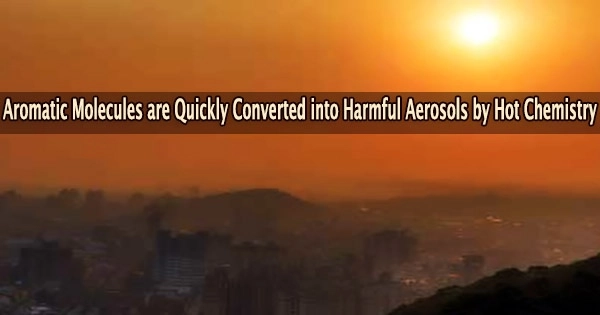Key first steps in the conversion of aromatic compounds, a significant component of traffic and other urban volatile emissions, into aerosol have been identified by joint research groups at Tampere University, the University of Helsinki, Lund University, and Pi-Numerics, Salzburg. Their research advances knowledge of the chemical mechanisms that worsen urban air quality and affect climate change.
Numerous aromatic compounds have harmful effects on health and are carcinogenic. Automobile exhaust gases are their main source. Aromatics can produce aerosol particles when they come into contact with the hydroxyl radical in the atmosphere. This molecule is sometimes referred to as “atmospheric detergent” because of how readily it reacts chemically.
Aerosol particles can cause a variety of chronic health problems, including death, when inhaled. By reflecting sunlight and promoting cloud formation, these particles also have an impact on the climate of Earth.
We found out that a reaction product that was previously thought to be stable is in fact transient and converts to new hot molecules. These molecules have residual energy that makes subsequent chemistry fast and promptly lead to aerosol precursor products. This result bridges the gap between theory and observation and provides better understanding of the chemistry of aerosol formation in urban environments.
Siddharth Iyer
Details of the chemical pathways that create aerosol from aromatics have, up to this point, remained unsolved despite their significance to the urban environment.
To determine the initial steps in the reaction process of toluene, one of the most prevalent aromatic compounds, the study team combined quantum mechanics, focused experiments, and modeling.
“We found out that a reaction product that was previously thought to be stable is in fact transient and converts to new hot molecules. These molecules have residual energy that makes subsequent chemistry fast and promptly lead to aerosol precursor products. This result bridges the gap between theory and observation and provides better understanding of the chemistry of aerosol formation in urban environments,” says Siddharth Iyer, Postdoctoral Research Fellow of Aerosol Physics at Tampere University.





